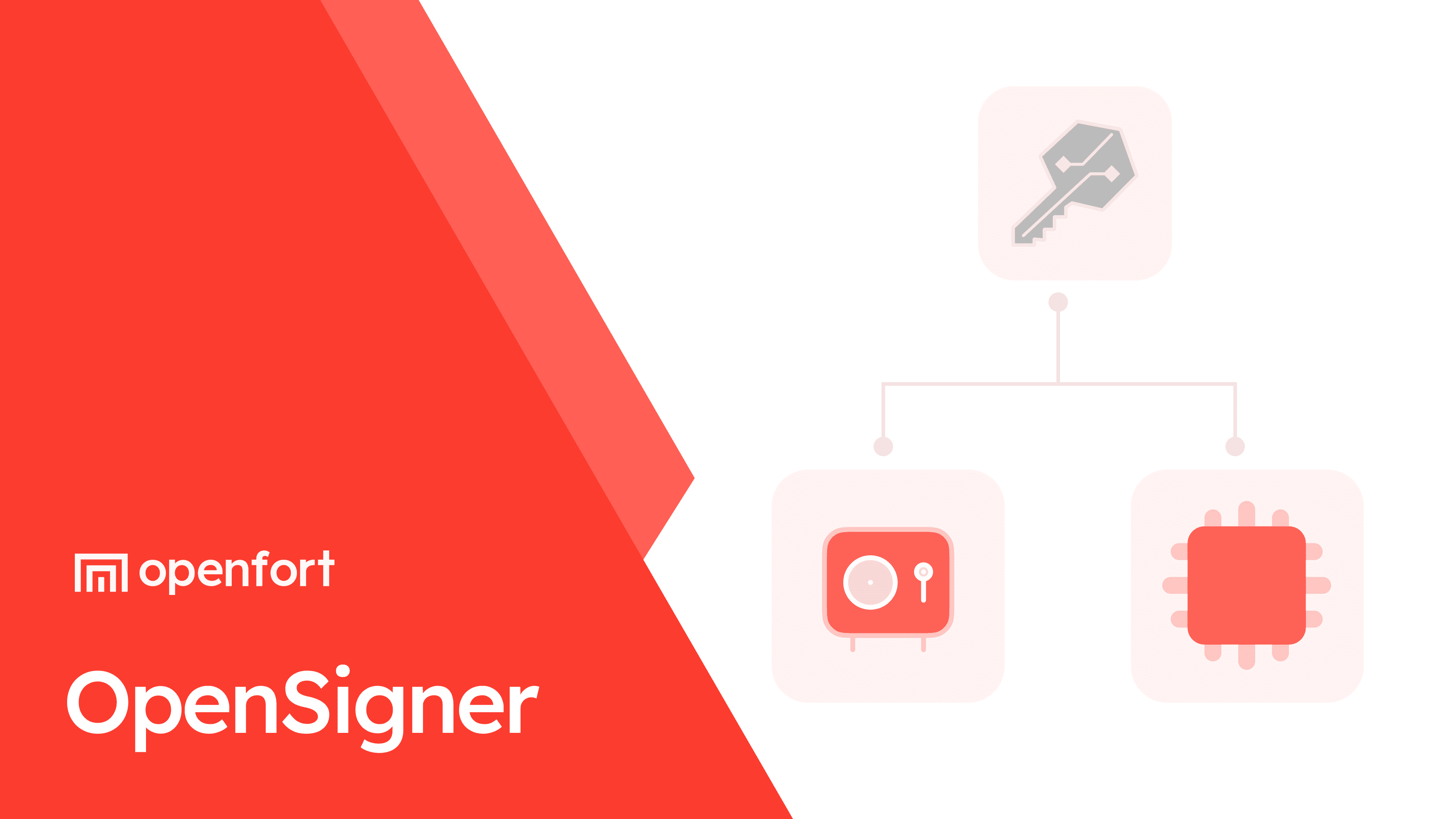
Thesis: Non-custodial wallets are becoming a baseline. The real shift is next: a world where you can change wallet vendors, infra, and smart account implementations without re-onboarding users or migrating keys.
For the last wave of products, the big decision was:
“Custodial or non-custodial?”
If you cared about trust, regulation, and user ownership, you chose non-custodial. Seedless onboarding, smart accounts, account abstraction — all of that helped make it realistic to give users real control over their assets without wrecking UX.
But even in the non-custodial world, something subtle happened:
- Apps picked a single embedded wallet / key infra vendor
- All wallets for all users were provisioned and managed through that one system
- Recovery, device management, and risk logic were deeply tied to that vendor’s stack
You weren’t locked into a custodian anymore. You were locked into a non-custodial vendor.
If they change pricing, deprecate features, get acquired, or just stop shipping what you need, you’re back at square one: migrating critical keyPath logic across providers while your product is live.
Non-custodial was a step forward. Vendor-neutral non-custodial is the next one.
That’s the world OpenSigner is built for.
Embedded wallets, passkey logins, 4337/7702 smart accounts — they’re all racing to become standard. More vendors, more SDKs, more “one line to create a wallet.”
That’s good: competition pushes the wallet UX layer to improve. But when products standardize around “this vendor’s SDK = our wallet,” you quietly lose something:
- You can’t experiment with multiple providers for different user segments
- You can’t gradually migrate without painful key transitions
- You can’t easily move sensitive parts on-prem while keeping cloud bits you like
- You can’t treat key management as your architecture — you inherit someone else’s
Custody concentrated power in platforms. First-gen non-custodial concentrated power in vendors.
OpenSigner is about putting that power back in the architecture of the app — and in the hands of the teams and users who depend on it. Non-custodial is the “what.” Vendor-neutral is the “how.” OpenSigner is where those two finally meet.